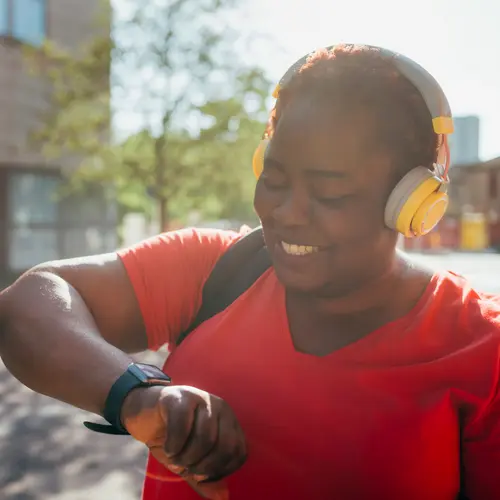For many Americans, driving is a big part of life. Most people with diabetes can do it safely, but there are some things to keep in mind before you get behind the wheel.
Two Ways Diabetes Can Affect Driving
First, if you take insulin or medications called sulfonylureas or meglitinides to manage your diabetes, your blood sugar might go too low, called hypoglycemia. That can make it hard for you to concentrate on the road and react to what’s going on around you. You might not be able to see clearly, and you could pass out behind the wheel.
If you’re not sure whether your diabetes medication can cause low blood sugar, ask your doctor or pharmacist. (Sometimes very high blood sugar can make it unsafe for you to drive, but it’s not as common. Ask your doctor how high is too high to be on the road.)
Second, over time diabetes can cause other health problems that can affect your driving. Nerve damage in your legs and feet can make it hard for you to feel the pedals. Diabetes can also hurt your vision by damaging blood vessels in your eyes or making you more likely to get cataracts.
Before You Go
A little bit of preparation can go a long way toward keeping you safe on the road.
Check your blood sugar. Before you drive, make sure your blood sugar is at least 80 mg/dL. If it’s lower than that, have a snack with 15 grams of carbohydrate. Wait 15 minutes, then check again.
Bring snacks. Stock your car with some snacks that have fast-acting carbohydrates in case your blood sugar starts to go too low. Try glucose tablets or gel, regular soda (not diet), and juice boxes or snack bars that won’t go bad if you leave them in the car.
Bring your meter. You might have to check your blood sugar along the way. Don’t leave it in the car when you’re not driving, though. Extreme heat or cold can damage it.
Wear your medical ID. If there’s an emergency, police and rescuers need to know that you have diabetes.
Get your eyes checked. Keep up with your regular eye appointments to make sure diabetes isn’t changing your vision.
On the Road
The important thing about being on the road is not to have your blood sugar dip too low. Pull over and check your levels if you start feel:
- A headache
- Shaky or jumpy
- Sweaty
- Hungry
- Like you can’t see straight
- Sleepy
- Dizzy, lightheaded, or confused
- Clumsy
- Irritable or cranky
- Weak
If your blood sugar is low, have a snack with fast-acting carbohydrates. Wait 15 minutes and check again. If it’s still not high enough, eat another snack, wait another 15 minutes, and check again. Don’t drive again until your blood sugar is in a normal range. Then when you get a chance, eat a bigger snack or a meal with some protein.
Road trip? Check your blood sugar at regular intervals during long drives to make sure it’s not heading toward a low.
Hypoglycemia Unawareness
Most people with diabetes can drive safely. The exception is if you have a condition called hypoglycemia unawareness, which means low blood sugars hit you out of the blue, with no warning at all. It can be especially dangerous for you to be on the road. If this happens to you, talk to your doctor. You might be able to learn how to feel low blood sugar coming on.

